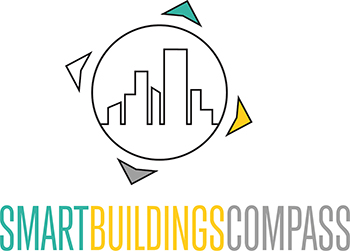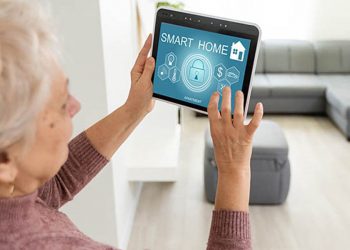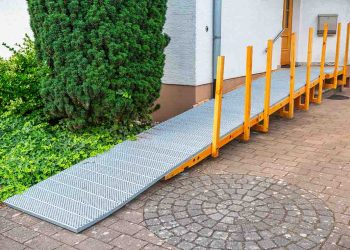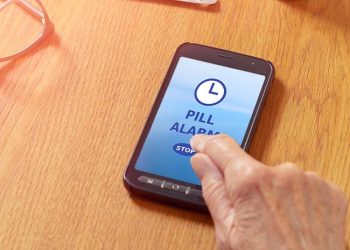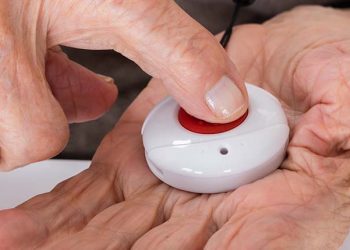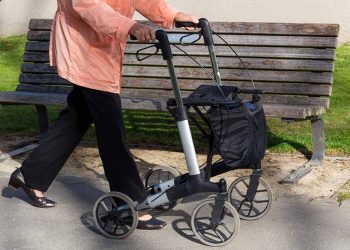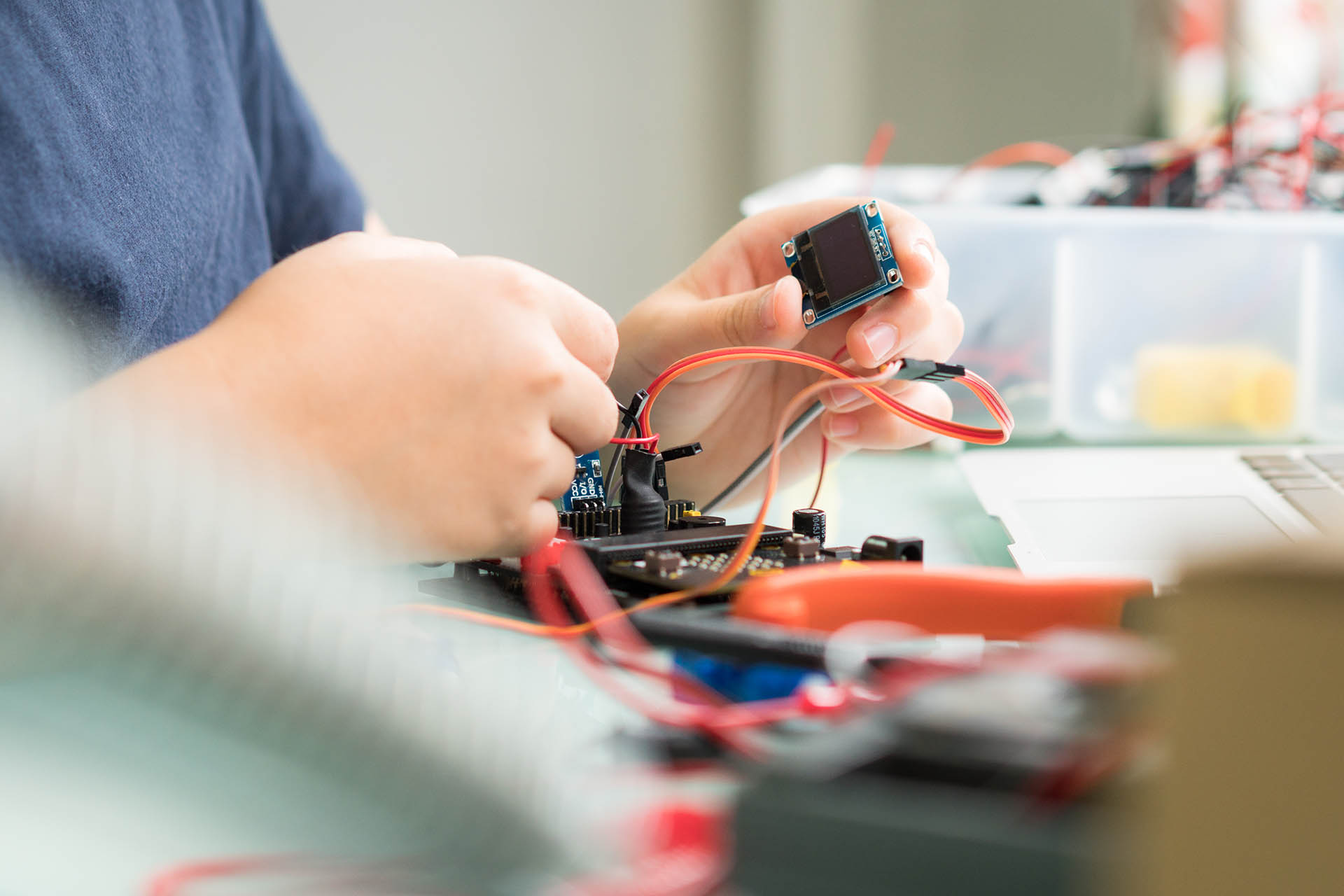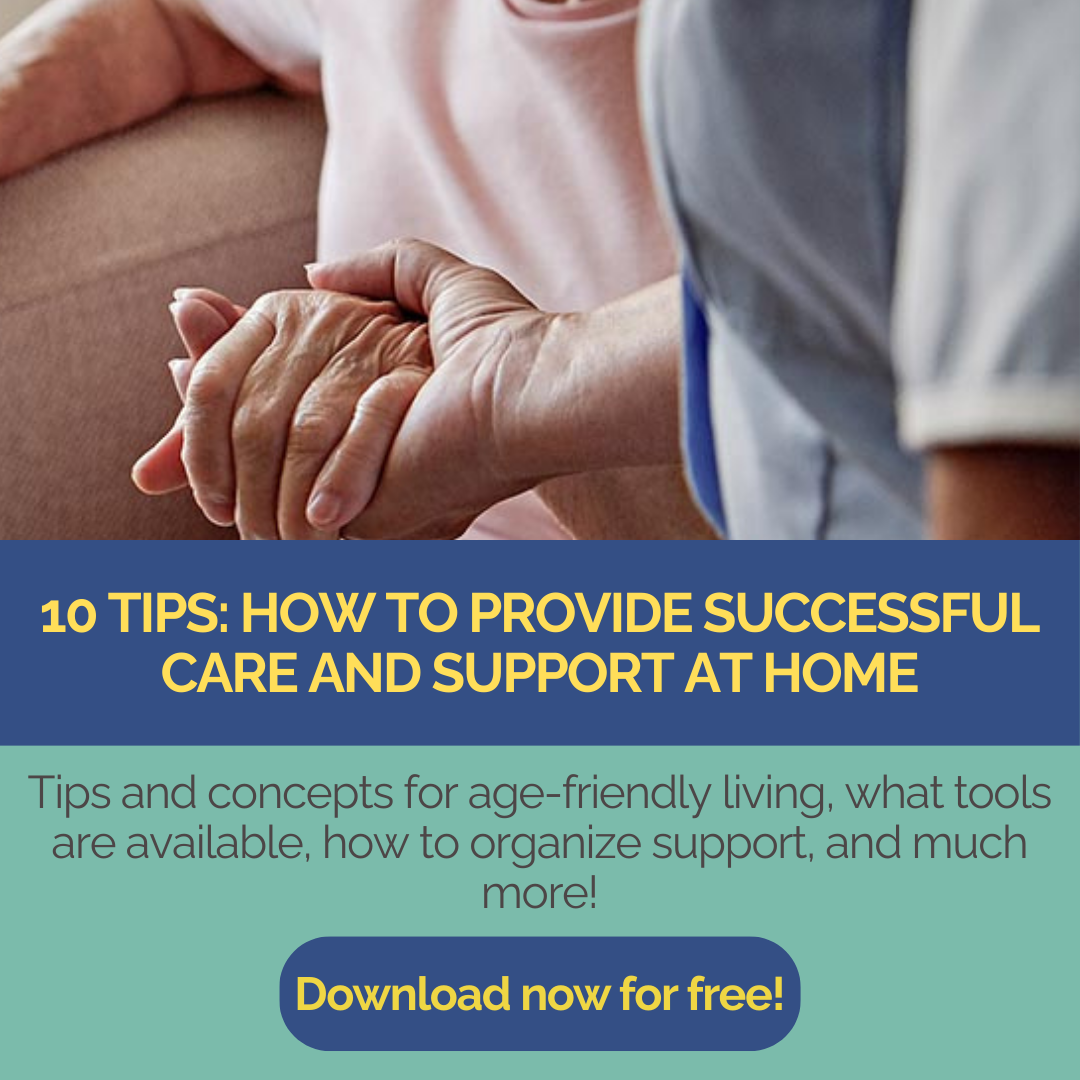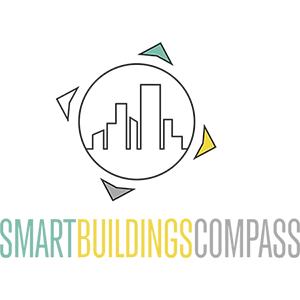The Internet of Things (IoT) describes the networking of everyday devices and sensors via the internet that collect and analyze data and communicate with each other. IoT is playing an increasingly important role in the care and healthcare sector.
Advantages for older people
Safety in everyday life: intelligent fall sensors, emergency call systems and smart door locks increase safety in your own home and enable rapid assistance in an emergency.
Health monitoring: IoT devices such as smart blood pressure monitors or heart rate sensors monitor important health values and automatically send alerts to relatives or care staff in the event of anomalies.
Reminder functions: Intelligent pill boxes or smart voice assistants remind you to take your medication and help you to structure your everyday life.
Comfort and quality of life: Connected household appliances such as smart thermostats, lighting systems and voice assistants allow you to conveniently control your living environment without having to make any physical effort.
Social participation: IoT devices such as tablets or smart home systems make it easier to communicate with family and friends via video call and keep older people socially connected.
Support for care staff: By recording movement data and vital signs, care staff can better assess the condition of people in need of care and react to changes at an early stage.
The IoT helps to promote the independence of older people and improve care at the same time.
Image. Shutterstock
Author: Anja Herberth
Chefredakteurin
